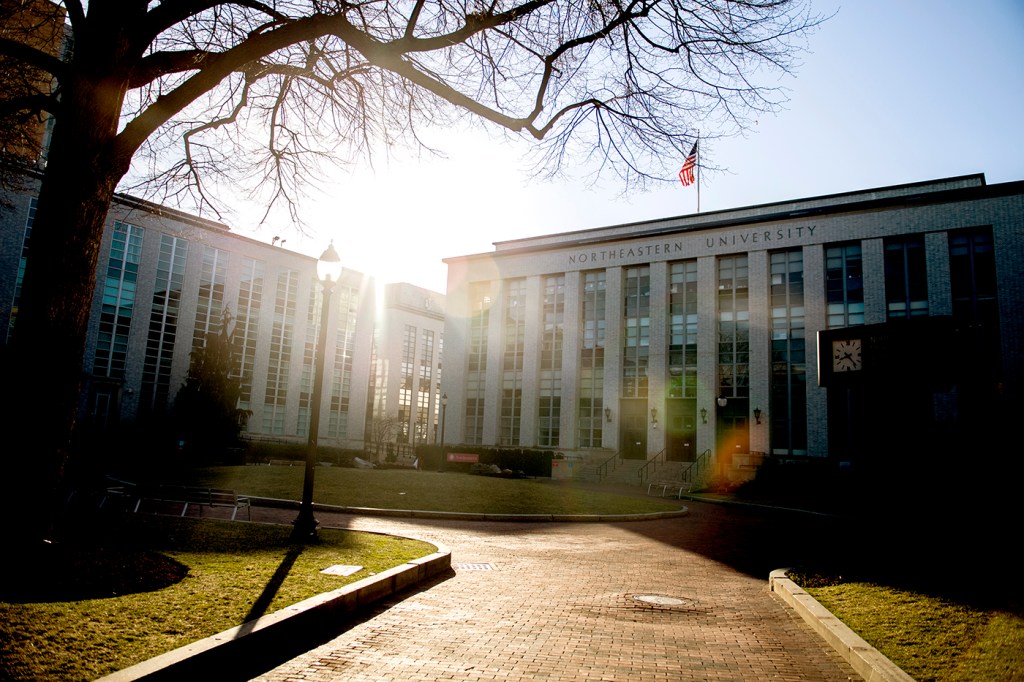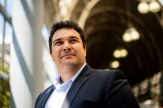A message from Joseph E. Aoun, president of Northeastern: Our path forward

To all members of the Northeastern community:
Two months have now passed since the COVID-19 pandemic upended our daily routines and way of life. Through it all, the Northeastern community has shown tremendous dexterity and resilience. Under the most challenging of conditions, we continue to educate our students and advance the frontiers of knowledge through our research.
I would like to thank every member of our community for all that you’re doing to see that our university continues to thrive under these unprecedented circumstances. Your dedication to our students, to one another, and to the world at large is both humbling and inspiring.
Thanks to the efforts of colleagues across the university—including our COVID-19 Task Force—we quickly transitioned to remote learning and ensured the successful completion of the spring term. Importantly, the university’s research enterprise continues to operate, with many faculty members engaged in cutting-edge work to combat the effects of COVID-19.
Over the last few weeks, we have increasingly turned our attention to advanced scenario planning for the summer and upcoming fall term. Knowing that a return to regular operations is on the mind of everyone in our community, I’m writing to provide an update on the current state of our planning.
To help us navigate the many unknowns we face, our planning is guided by the following core values:
- Maintaining the health and wellbeing of the Northeastern University community—and the world beyond our campuses.
- Developing reopening measures and policies consistent with the essence of Northeastern.
- Ensuring the continued differentiation of our experiential learning model and use-inspired research enterprise.
- Pursuing opportunities to innovate for the future.
To put things in very clear terms: It is our intention to reopen our campuses this fall and offer on-site instruction and a residential experience for our students. This is a highly complex endeavor; in fact, even more complicated than the move to remote learning and working we accomplished in March. It will require new and innovative thinking about classroom usage, residential occupancy, dining, athletics, student activities, and other elements of campus life. Rest assured that every aspect of how the university operates is being evaluated in the context of our new reality.
For example, while we continue to believe that classroom instruction should be the norm, we will offer many large lectures in both live and recorded formats, while some of our other classes will allow for both live and remote participation. We will need to expand student housing into new buildings and communities to reduce residential density. This may include setting aside residential space to accommodate those who will need to safely self-isolate.
Even before fall arrives, we anticipate the gradual reopening of research labs and administrative offices. Over time—and in accordance with public health guidance—we will steadily and carefully return faculty and staff to campus, while maintaining low density and adopting strict protocols to reduce the risk of infection. The university will prioritize the return of faculty and staff who can best complete their work on campus, including researchers who need access to labs and scientific equipment. The selection of these priority individuals will be determined by senior leadership. In the near term, employees will maintain the ability to choose whether or not to come to campus. We must be mindful of pre-existing health conditions, lack of available child care, and concerns about public transportation.
A range of new safety protocols and procedures will be put in place on our campuses. These will include use of face masks, staggered business hours, increased disinfection and cleaning, use of the SafeZone app to check into campus buildings, and large-scale deployment of testing and contact tracing. One of the lessons we have learned from other countries, is that successfully reopening society depends on widespread use of testing and contact tracing—by both public and private entities.
Timelines will differ based on campus locations. In Boston, for example, this gradual reopening could begin later this month. We are in close contact with the governor and state public health authorities, and will sequence our decisions with the latest COVID-19 data. Reopening will be a phased process, and we will maintain the ability to accelerate or decelerate based on real-time information.
In the coming days, you will receive more detailed information from university leaders who are leading cross-functional working groups on reopening and the fall learning experience. Their work is guided by the framework I have outlined above.
I want to thank you for your patience and resilience in the face of continued uncertainty. Because this situation remains fluid, we will continue to provide updates throughout the summer and into the fall. Although we don’t know when, this pandemic will eventually end. When it does, Northeastern will remain.
The current crisis presents an opportunity for us to reimagine how we live, work, and learn. By continuing to rely on our agility and ingenuity, I am confident that our university—and our community—will emerge stronger and even better prepared to address the world’s grand challenges.
Sincerely,
Joseph E. Aoun
President





